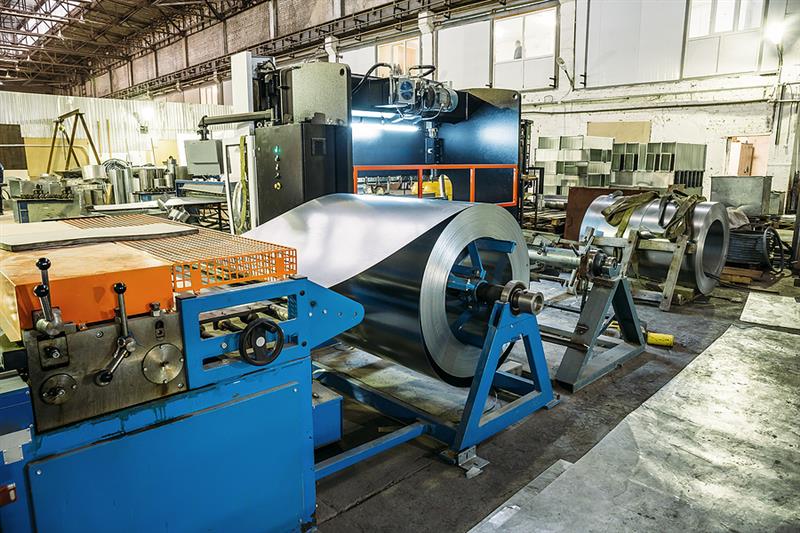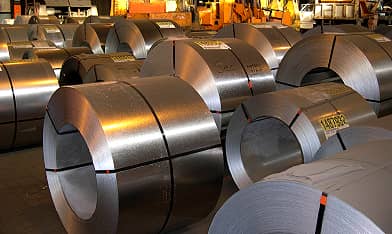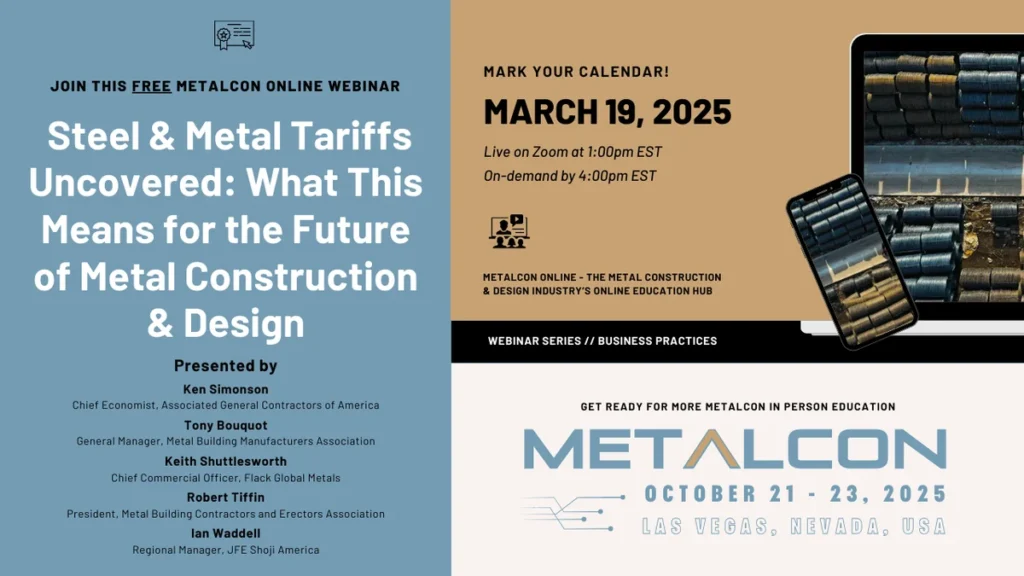
In a recent turn of events, the Trump administration has delayed the implementation of a 25% tariff on steel imports from Mexico and Canada by one month while moving forward with a 10% tariff on Chinese goods. Originally set to take effect in February, the postponed tariffs have provided a temporary reprieve for North American suppliers, but uncertainty still looms over the industry.
For months, contractors, manufacturers, and builders have been bracing for the ripple effects of these trade policies. Even with the delay, pricing volatility and supply chain disruptions are already being felt. As the industry navigates these shifts, one key question remains: How will these tariffs shape the future of metal construction?
A Look Back: Lessons from Previous Tariffs
When steel and aluminum tariffs were last enacted, the results were mixed. According to a Brookings analysis of previous tariffs, they had little positive effect on American workers or national security. Instead of boosting domestic manufacturing as intended, they led to price increases and supply chain disruptions. Now, with a new round of tariffs in place, the big question remains: Will history repeat itself, or will this time be different?
Immediate Effects of Tariffs on Pricing & Supply Chains
Early indicators suggest that the new proposed tariffs are already driving up steel and aluminum costs, which could significantly impact procurement strategies. Contractors reliant on imported materials may face price hikes, while domestic suppliers may experience increased demand, potentially leading to longer lead times and supply shortages. Navigating these disruptions will require strategic sourcing and cost planning.

Adding to the complexity, steel imports saw a surge in January, well before the tariffs took effect. According to the American Iron and Steel Institute, finished steel imports rose 26.5% from December and 20.3% year-over-year, with significant increases in heavy structural shapes, rebar, and raw steel materials. This suggests that many companies were stockpiling materials in anticipation of rising costs, a move that could temporarily stabilize pricing but also create short-term market fluctuations.
Long-Term Impacts of Tariffs on Project Costs & Timelines
For construction firms, uncertainty around material pricing can complicate bidding and budgeting. Rising costs could lead to delayed projects, tighter profit margins, and shifts in material preferences. Some industry experts are warning that the tariffs could force companies to reassess project timelines and financial feasibility in the months ahead.
How Can the Industry Adapt?
With market volatility at play, businesses must explore strategies to stay competitive. Diversifying supply chains, securing pricing contracts in advance, and exploring alternative materials are just a few ways to mitigate risks. But what are the best approaches for navigating these uncertainties?
Watch Steel and Metal Tariffs Webinar on METALCON Online

To address these pressing issues, METALCON Online hosted the webinar “Steel and Metal Tariffs Uncovered: The Future of Steel & Aluminum Tariffs” on Wednesday, March 29. Key industry experts, including Chief Economist Ken Simonson, Tony Bouquot, Metal Building Manufacturers Association (MBMA), Keith Shuttlesworth, Flack Global Metals, Robert Tiffin, Metal Building Contractors and Erectors Association (MBCEA), and Ian Waddell with JFE Shogi America, explored the topics mentioned above and more.
This webinar offers a valuable opportunity for professionals in the metal construction industry to gain insights into the evolving market landscape.
As the industry adjusts to these new policies, one thing is clear: understanding the implications of tariffs is crucial for staying competitive. Watch the webinar ON DEMAND to hear how these experts are shaping the future of steel and aluminum in construction.
Watching on-demand?
Earn 1.0 AIA LU credit or certification by filling out this form.
